这期内容当中小编将会给大家带来有关Spring中p标签和c标签注入方式是怎样的,文章内容丰富且以专业的角度为大家分析和叙述,阅读完这篇文章希望大家可以有所收获。
package com.ming04.pojo;
import lombok.AllArgsConstructor;
import lombok.Data;
import lombok.NoArgsConstructor;
@Data
@AllArgsConstructor
@NoArgsConstructor
public class User {
private int id;
private String name;
}<?xml version="1.0" encoding="UTF-8"?> <beans xmlns="http://www.springframework.org/schema/beans" xmlns:xsi="http://www.w3.org/2001/XMLSchema-instance" xmlns:p="http://www.springframework.org/schema/p" xmlns:c="http://www.springframework.org/schema/c" xsi:schemaLocation="http://www.springframework.org/schema/beans http://www.springframework.org/schema/beans/spring-beans.xsd"> <!-- p命名空间注入 ,可以直接注入属性的值 :property --> <bean id="user" class="com.ming04.pojo.User" p:name="秦小东" p:id="18"/> <!-- c命名空间注入 可以构造器注入属性的值 :construct-args --> <bean id="user2" class="com.qin.pojo.User" c:id="19" c:name="狂神" /> </beans>
@Test
public void Text(){
ApplicationContext context = new ClassPathXmlApplicationContext("Beans04.xml");
User user = (User) context.getBean("user2");
System.out.println(user);
}对应 配置文件 <constructor-arg> 元素
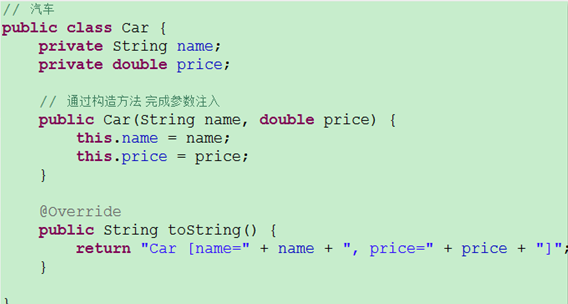
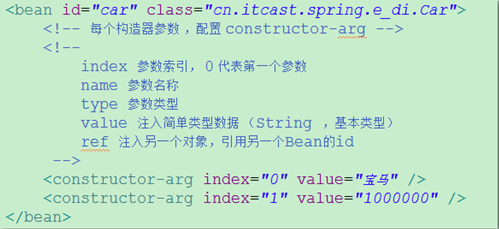
可以index|name|type 三选一 、三选二 ; ref|value 二选一
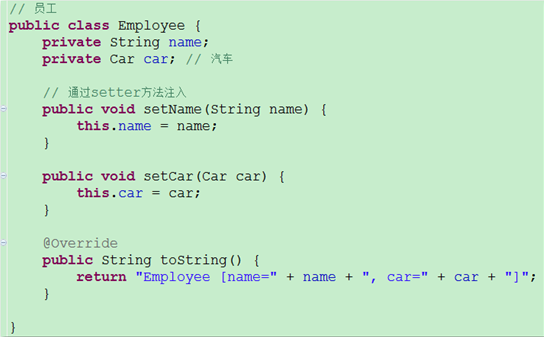
为需要注入属性提供setter方法
配置 每个注入属性, 对应<property> 元素
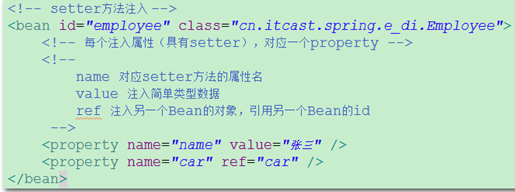
spring2.5以后,为了简化setter方法属性注入,引用p名称空间的概念,可以将<property> 子元素,简化为<bean>元素属性配置 !!
a.
在applicationContext.xml 引入p 名称空间
<beans xmlns="http://www.springframework.org/schema/beans" xmlns:p="http://www.springframework.org/schema/p" xmlns:xsi="http://www.w3.org/2001/XMLSchema-instance" xsi:schemaLocation=" http://www.springframework.org/schema/beans http://www.springframework.org/schema/beans/spring-beans.xsd">
b. 简化注入的配置
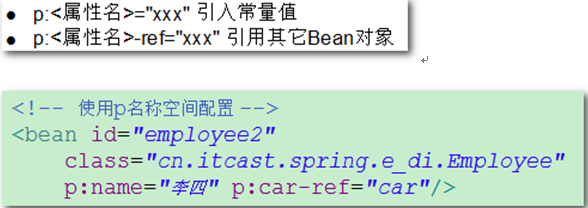
Spring 对每个常用集合对象,提供单独元素完成注入
List 对象 ---- <list> 元素
Set 对象 ---- <set> 元素
Map对象 ----<map>元素
Properties 对象 ---- <props> 元素
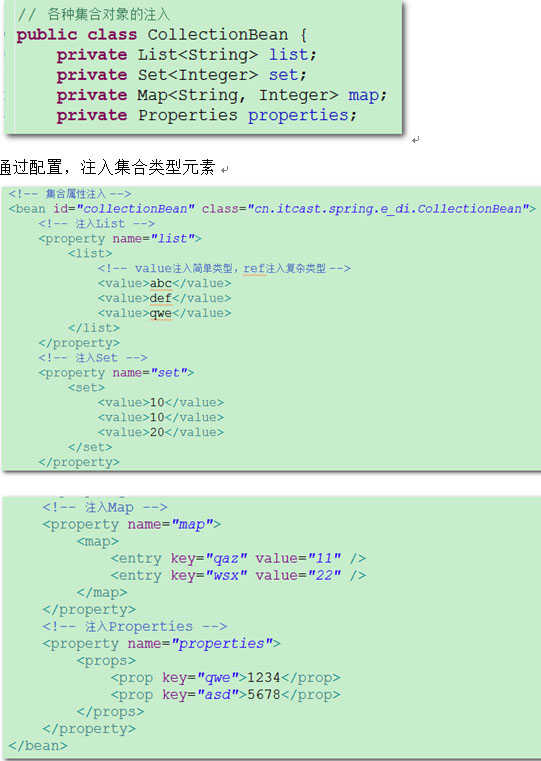
集合属性的注入,主要用于框架的配置 !
上述就是小编为大家分享的Spring中p标签和c标签注入方式是怎样的了,如果刚好有类似的疑惑,不妨参照上述分析进行理解。如果想知道更多相关知识,欢迎关注亿速云行业资讯频道。
免责声明:本站发布的内容(图片、视频和文字)以原创、转载和分享为主,文章观点不代表本网站立场,如果涉及侵权请联系站长邮箱:is@yisu.com进行举报,并提供相关证据,一经查实,将立刻删除涉嫌侵权内容。